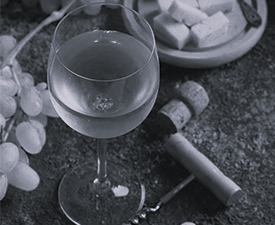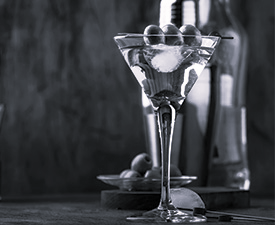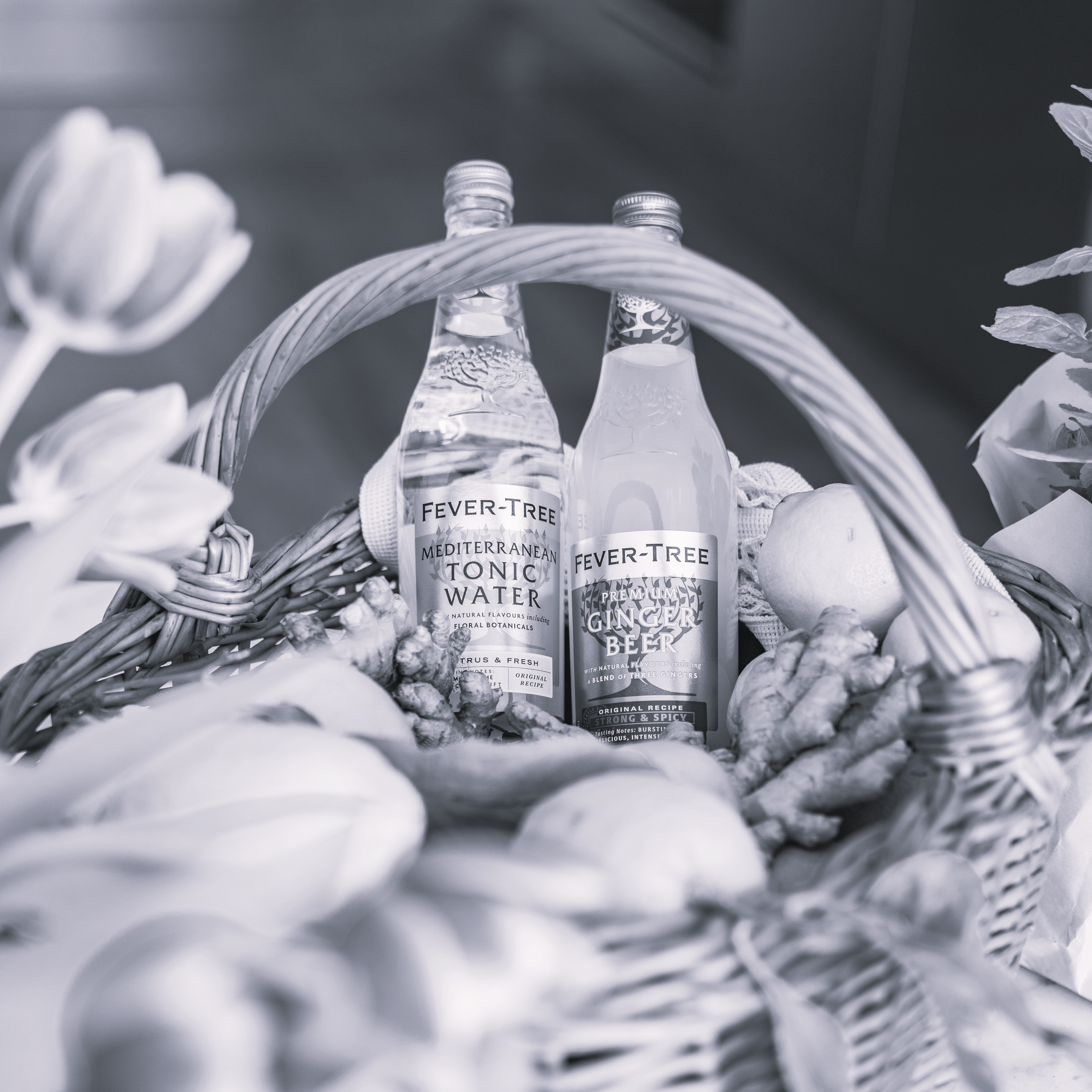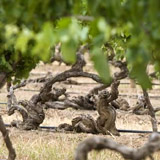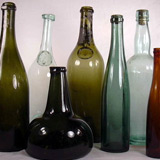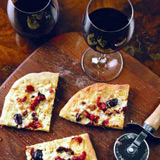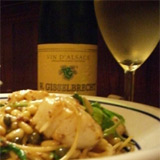The colour of wine comes from the skin of the grapes. The juice that comes from nearly every variety of grape when pressed is white or clear. This is true …
Terroir was originally a French term used to denote the special characteristics that geography bestowed upon wine. It can be very loosely translated as "a …
Phylloxera is a pest of grapevines worldwide, originally native to the Mississippi valley in North America. These tiny, pale yellow sap-sucking insects, …
To many wine enthusiasts - bush vines (goblet vines) are something unique. Perfectly straight rows - all of uniform height, common place here in NZ - is in …
Rose wines may be produced in a number of different ways, depending on the desired result. The actual colour varies depending on the grape variety and …
Sauvignon Blanc can trace its origins to western France in the Loire Valley and Bordeaux regions, but it was the style of wine made here in New Zealand in …
Malolactic fermentation (MLF in many tasting notes) - is a process of a change used in winemaking where tart-tasting 'malic' acid (like those found in green …
Champagne, of course, doesn't require a corkscrew. But there is still a careful technique required to opening, which doesn't involve emulating the antics of …
The process of fermenting wines in small barrels instead of large vats or stainless steel tanks. Fermentation = The natural process that turns grape juice …
You will probably ask yourself what is 'canopy management' and why would you need to manage the canopy. A simple answer is to expose the vine to as much …
Sur lie (soor Lee) The French expression for "on the lees." Lees are the coarse sediment, which consists mainly of dead yeast cells and small grape …
Bottle shape knowledge can give you a small clue as to what the contents might be, even without reading the label. Most people are familiar with the …
An essential step in winemaking is to remove/ siphon the wine off the sediments (lees) into another clean secondary, wine barrel, and repeat after another …
Many believe the Bonarda grape was brought over to Argentina from Italy by 19th century immigrants, and along with Malbec, it is the most widely planted …
The impact of machine harvesting on the quality is not something that everyone can agree on. There are many studies investigating the effects of machine …
Beaujolais is a French AOC wine generally made of the Gamay Noir grape which has a thin skin and few tannins. Gamay Noir is now known to be a cross of Pinot …
Viognier - 'vee-ohn-yay'; once fairly common in France; now is a rare white grape grown almost exclusively in the Northern Rhone. In 1965, the grape was …
The wine serving temperature can greatly influence the taste of a wine. Serving a wine cool can help mask the flaws seen in young or cheap wines, whereas …
Botrytis cinerea is a fungus that affects many plant species, although its most notable hosts may be wine grapes. In viticulture, it is commonly known as …
Riesling is a white grape variety which originates in the Rhine region of Germany. Riesling wines are often consumed when young, when they make a fruity and …



